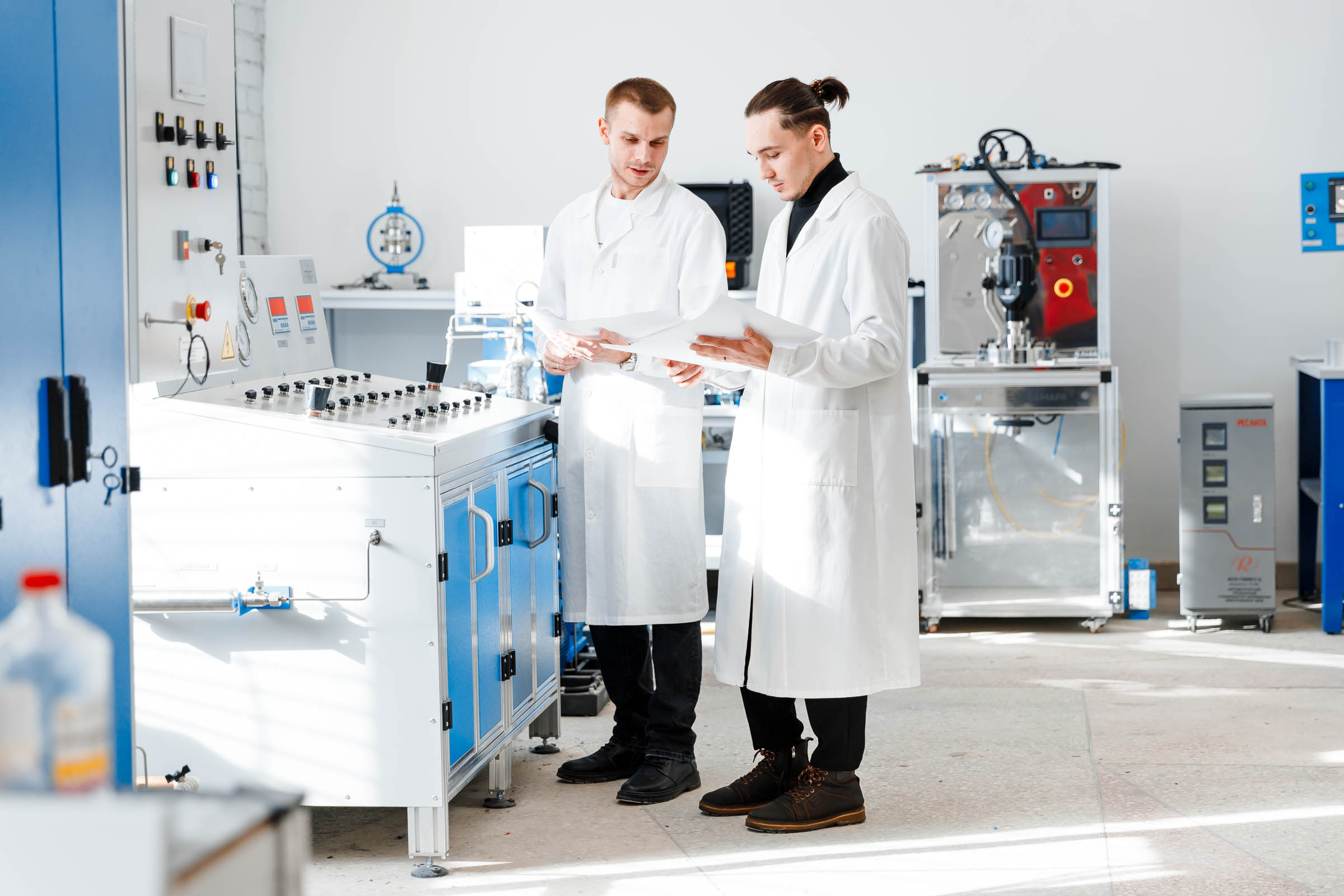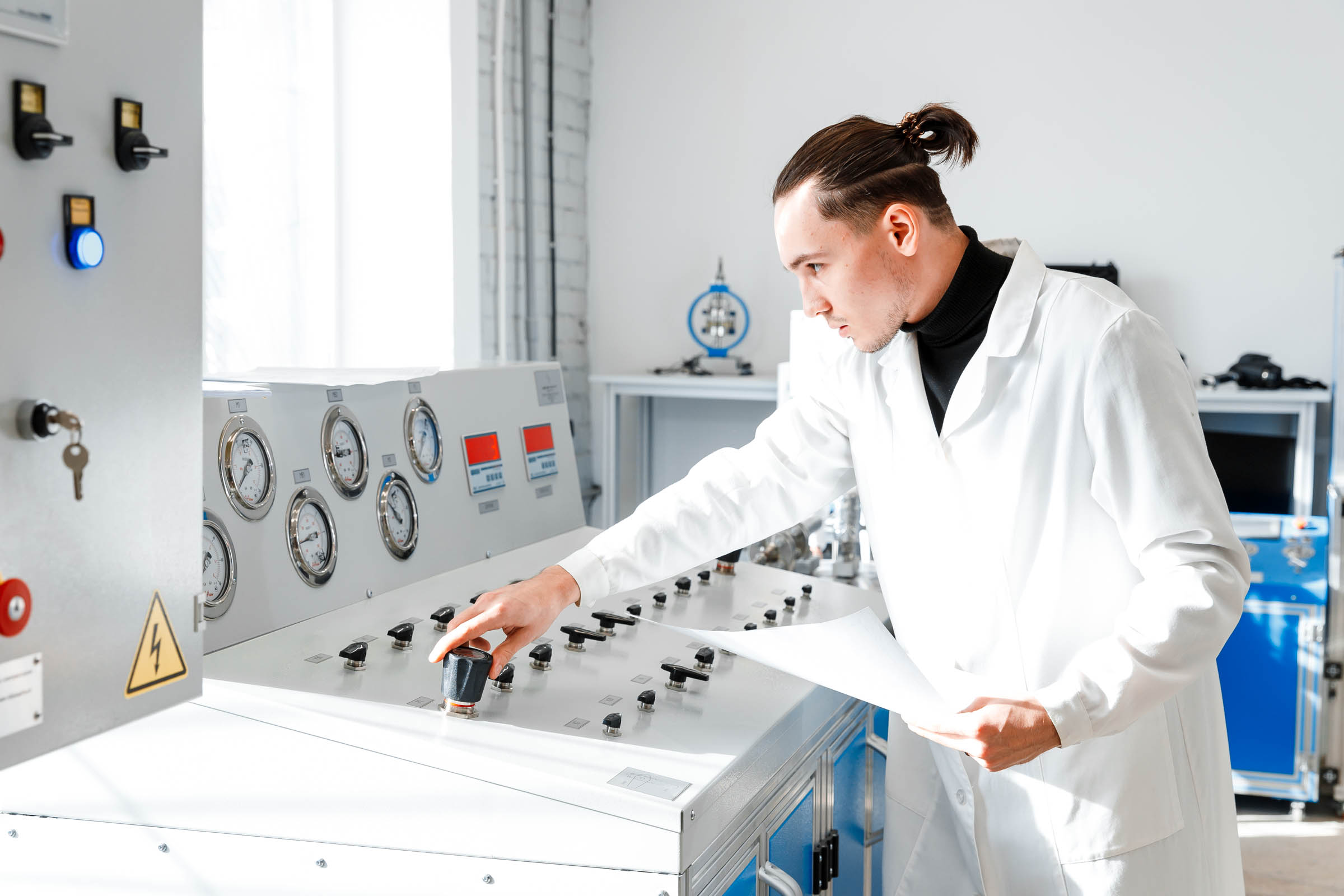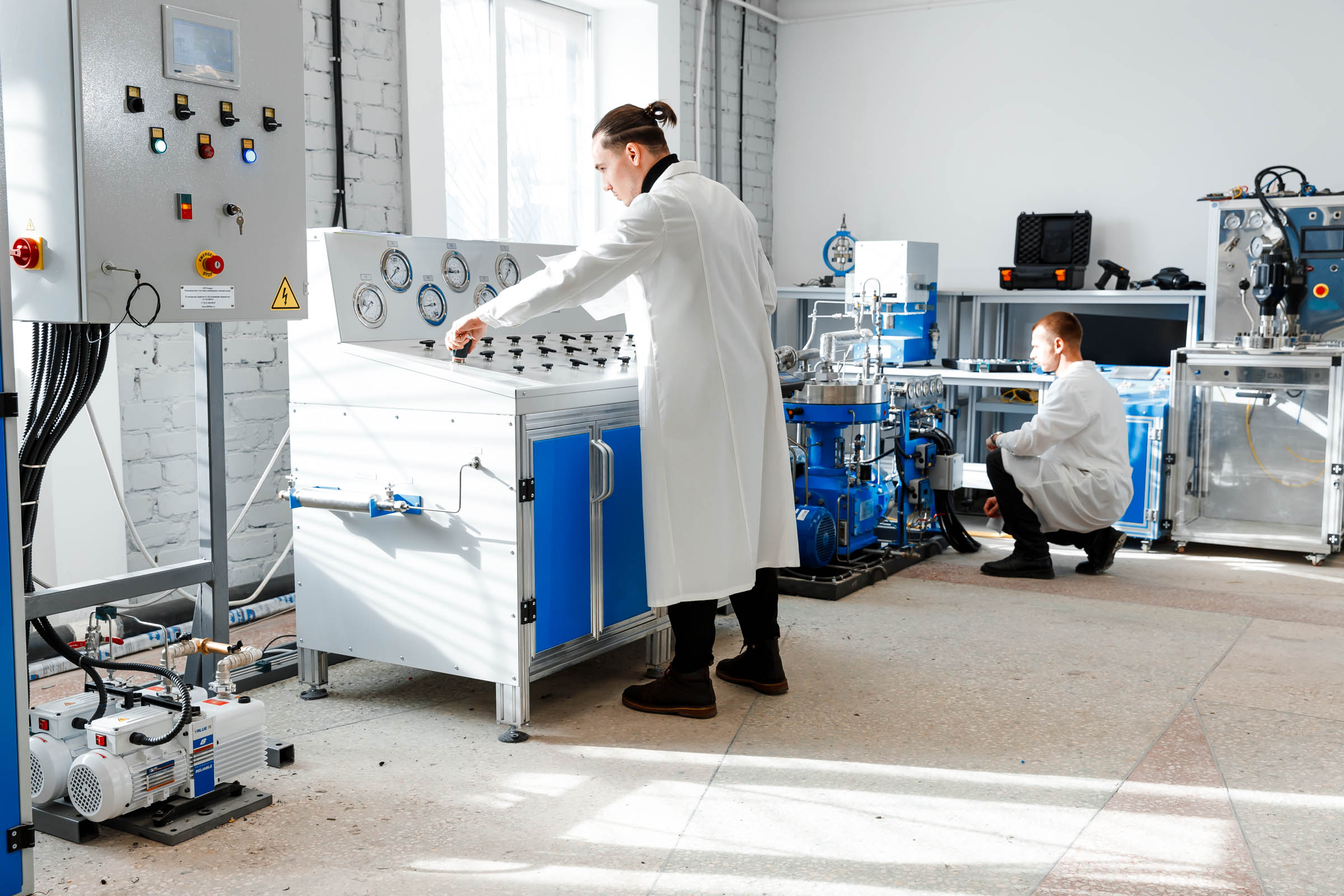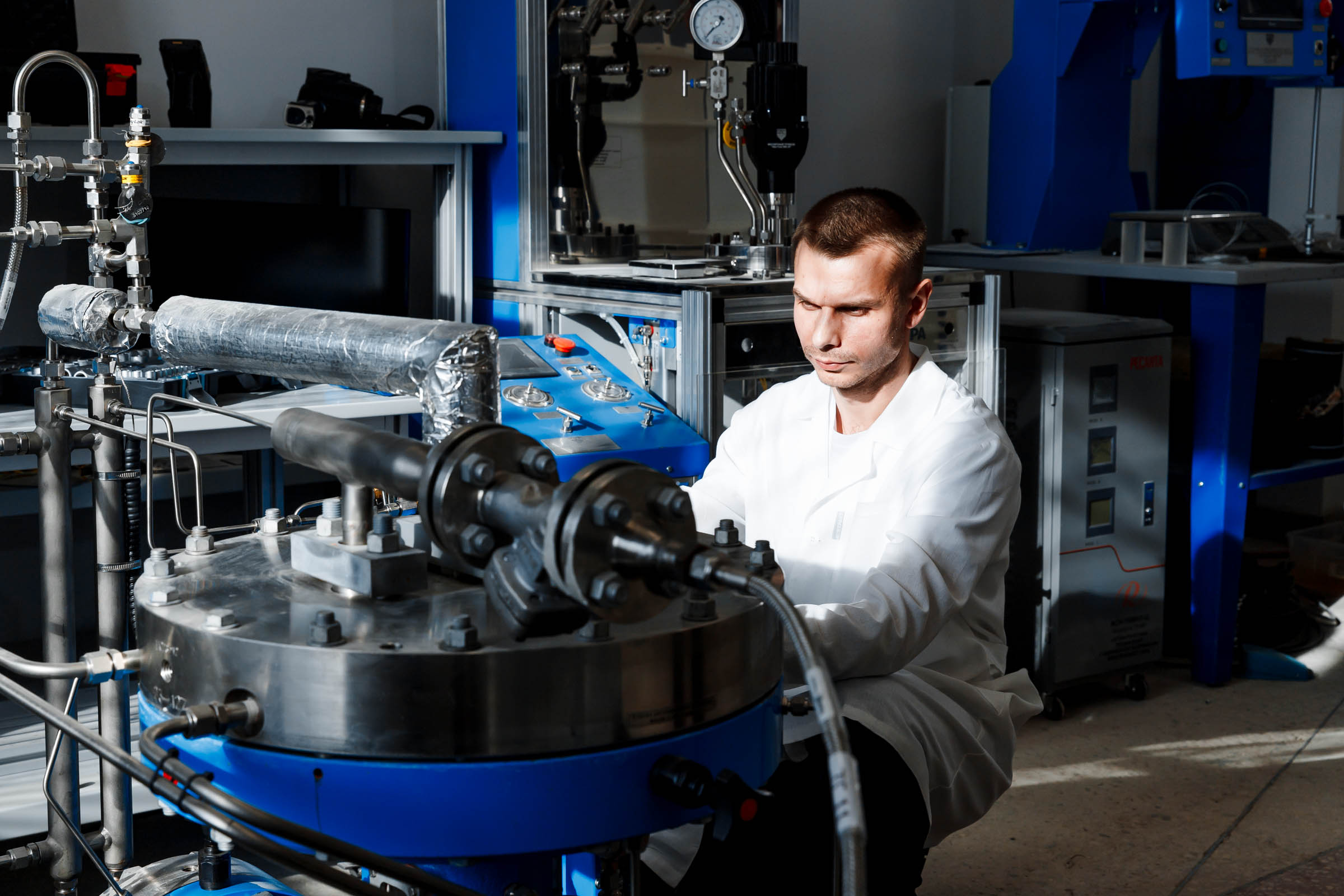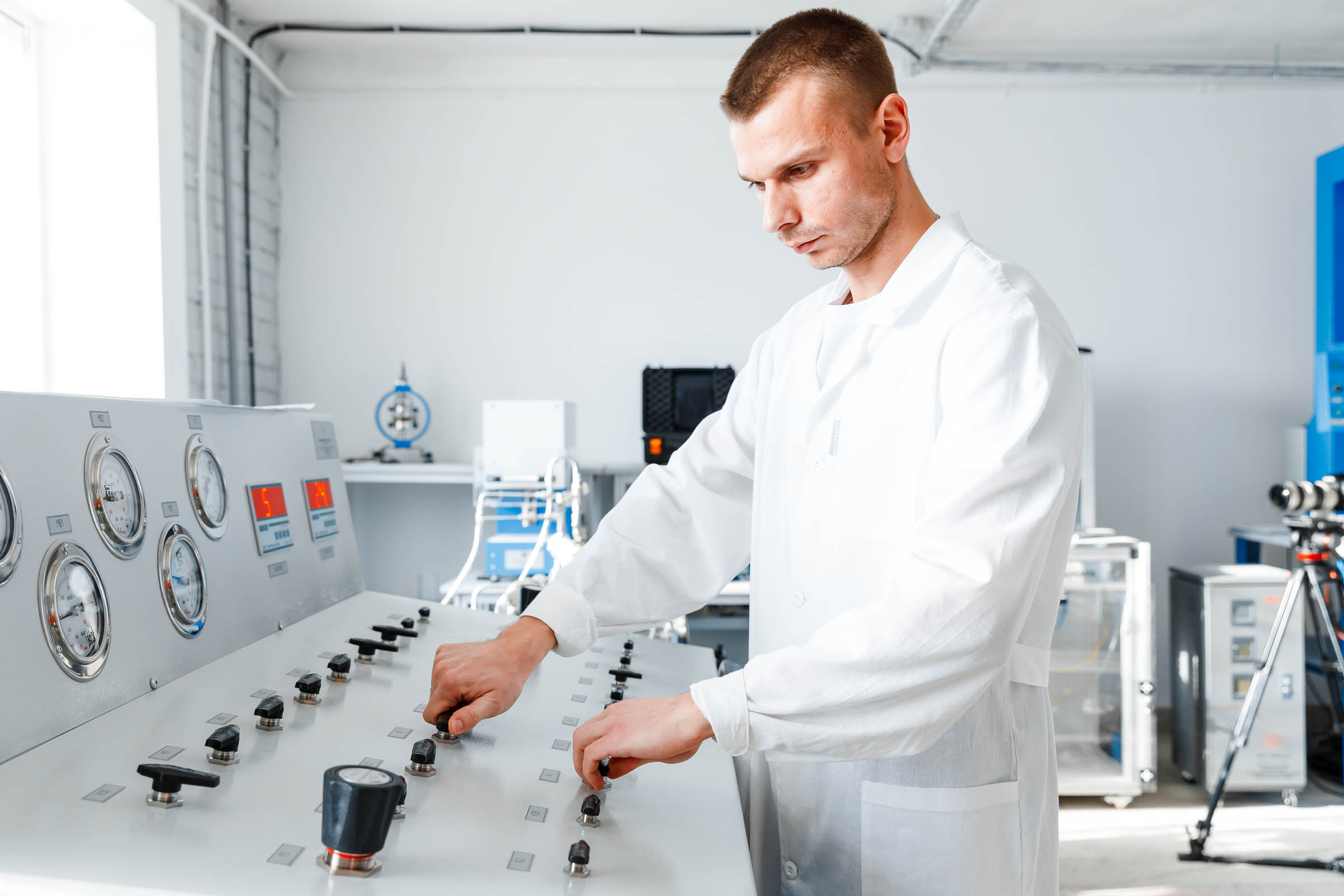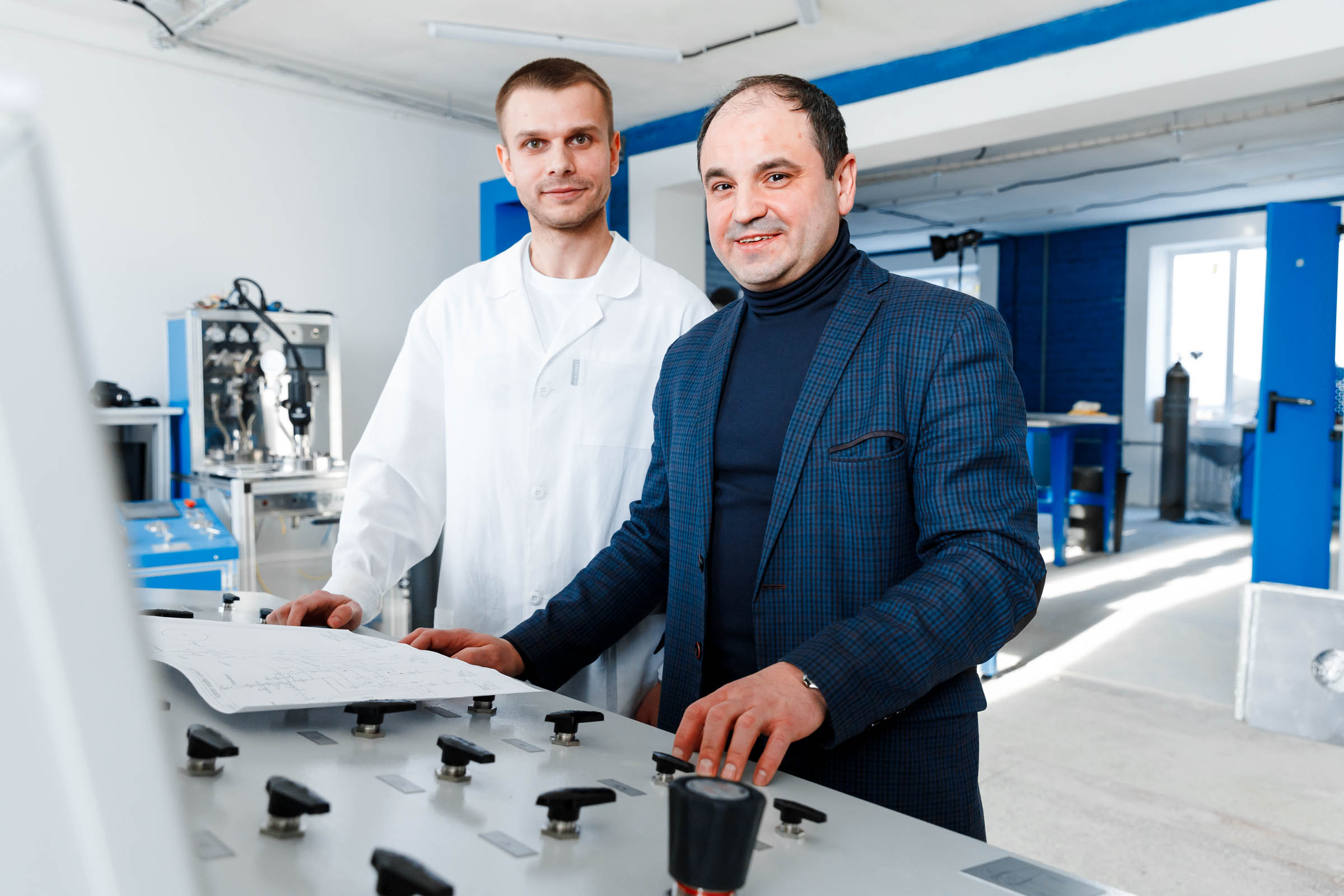The Samara development will simplify and reduce the cost of refueling the so-called balloon cylinders – fuel tanks of spacecraft, as well as provide a higher level of purity of the injected xenon and will be able to determine exactly how much space fuel has already been pumped during refueling. In general, this “xenon refueling” will help reduce the production time and transfer of ready-made satellites to customers.
“The developed installation will provide refueling of spacecraft at the final stage of their production at the Progress RSC and will simplify the technological process of manufacturing satellites. Currently, the domestic space industry mainly uses refueling units, which require the removal of spherical cylinders from the spacecraft before refueling. The cylinders are dismantled from satellites that have already been assembled and tested, transported to a third-party organization responsible for refueling with xenon, and then returned refueled to the enterprise and re-installed on the spacecraft. Our installation allows to refuel the spherical cylinder without removing it from the satellite. This simplifies and speeds up the refueling process tenfold, that is, thereby reducing the cost of material resources and time, as well as the total delivery time of the spacecraft to the customer,” said project manager Professor Dmitry Uglanov, a leading researcher at the Scientific and Educational Center for Gas Dynamic Research (SEC GDR) of Samara University.
When refueling in the traditional way, the spherical cylinder is removed from the satellite primarily for the exact dosage of the injected xenon – during refueling, the dismantled “xenon tank” stands on scales with high measurement accuracy, determining the mass of the gas. If the spherical cylinder is not removed and the entire spacecraft is weighed on the scales (and some satellites weigh hundreds of kilograms), then the mass of the injected xenon will be measured inaccurately – this is about how, weighing a bag of potatoes, trying to simultaneously measure several grams of spices on the same scales. And space does not tolerate inaccuracies – it is only necessary to pump excess xenon or, conversely, under-pump, this will necessarily affect the further fate of the satellite: the slightest overweight or underweight will shift the center of mass of the spacecraft, which will affect both the process of launching into orbit and the behavior of the satellite during operation. In addition, an insufficiently refueled spherical cylinder will not allow the ion engine to fully fulfill its tasks in orbit – there simply will not be enough xenon.
According to Dmitry Uglanov, a special design solution has been applied in the installation developed at Samara University, which allows measuring the mass of injected xenon directly during the passage of gas in the main path of the refueling installation system due to a measuring platform and the use of a specially developed empirical methodology for determining the mass of incoming xenon into a spherical cylinder using a measuring complex including pressure sensors and the temperature.
“When designing the xenon refueling unit, a constructive solution was developed and patented using a diaphragm compressor, which is the “heart” of the entire installation. The diaphragm compressor reduces the refueling time and ensures mass control and a high level of purity of the injected xenon,” said the project manager.
The refueling process itself goes as follows: the installation is connected through a flexible pipeline to the refueled satellite. The internal cavities of the installation are purged with an inert gas, purifying them from air and other impurities, after which a vacuum is created inside the installation. Next, the internal path of the installation is filled with xenon, the level of purity of xenon is checked, then the gas begins to flow into the spherical cylinder of the satellite. In one cycle, the unit is capable of pumping up to 50 kg of xenon, regardless of the number of refueled cylinders. The temperature of the xenon at the outlet of the installation should not exceed 40 °C, therefore, after passing the diaphragm compressor, the gas is cooled. When the specified fuel mass is reached, the refueling process stops and purity samples are taken again – already from a filled spherical cylinder.
“The design of the installation allows pumping high purity xenon – 99.9999 %. A high level of xenon purity is very important for stable and high-quality operation of ion engines – various impurities of other gases, such as oxygen, argon, krypton, significantly reduce the performance and life of engines of this type, the engine may even fail,” said Sergey Korneev, junior researcher at the SEC GDR.
According to the developers, the created installation can refuel a variety of Russian satellites with xenon, but its concept provides for the possibility of refueling any spacecraft using xenon or other inert gases as a working fluid, therefore in the future such an installation can be used for refueling spacecraft with plasma engines.
Similar installations for refueling with xenon have been developed abroad, they are used by both NASA and the European Space Agency, but, as the Samara scientists note, foreign installations have a slightly different design based on a different principle of operation, more complex and energy-intensive, and also requiring more time for refueling. So, we can say that the Samara installation is unique at the international level.
“The installation has successfully passed factory tests, during which a variety of modes and situations, both regular and non-standard, were worked out. Tests have shown that the installation meets all required operating parameters. Currently, the installation is being transferred to the Progress RSC for autonomous testing. It is expected that regular refueling of spacecraft using our installation can begin from August-September this year,” Dmitry Uglanov summed up.
For reference:
Autonomous tests are tests of fully installed, completed and debugged equipment carried out at the site of its future operation.
Photo: Olesya Orina
 RU
RU  EN
EN  CN
CN  ES
ES 
